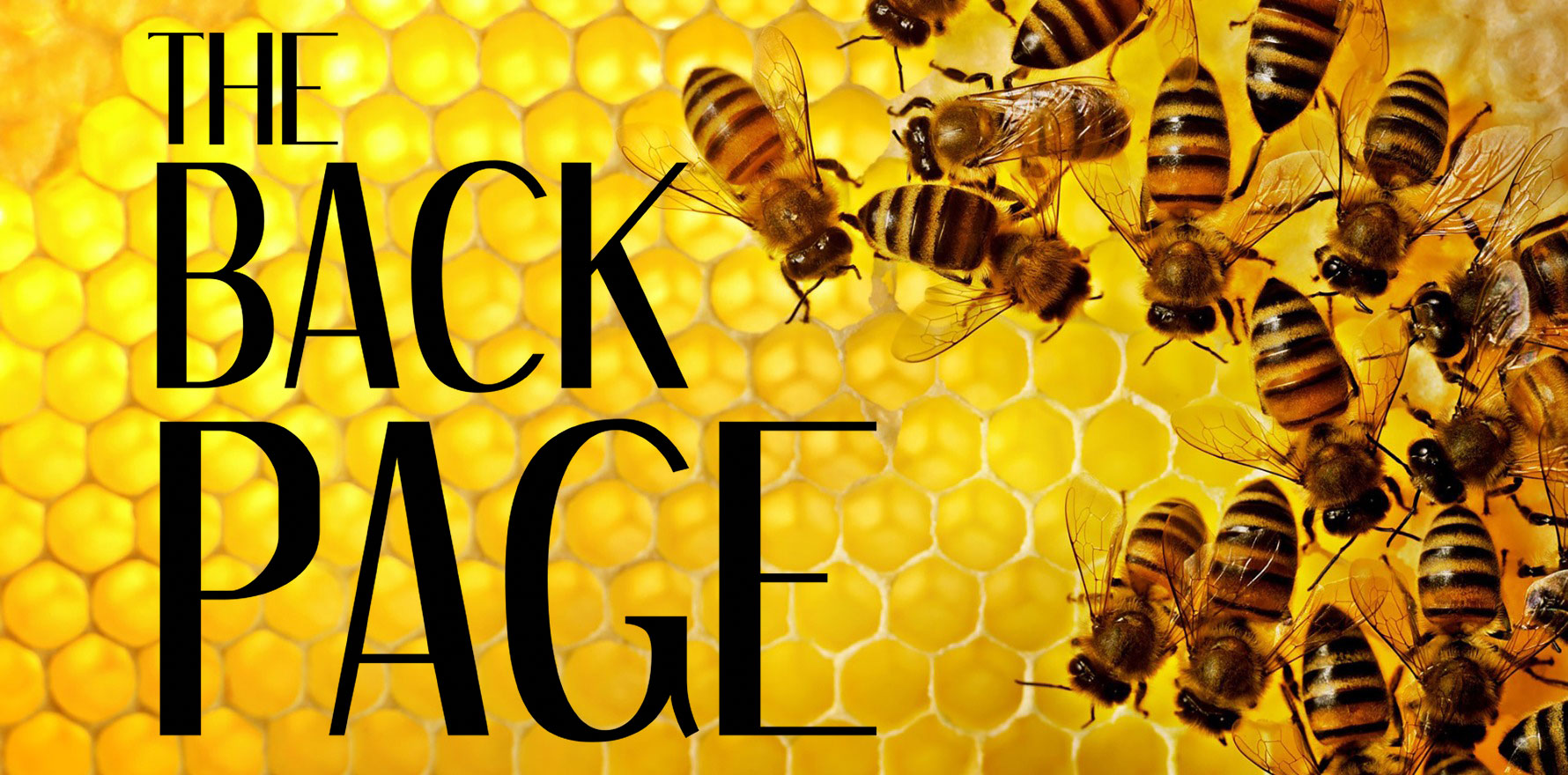Turns out there’s more than just a sting in their tails.
An intense fear of bees goes by the rather sweet-sounding name of melissophobia – although why it’s regarded as a phobia somewhat baffles your Back Page correspondent.
Multiple bees can inflict multiple painful stings, and, for an unfortunate few, a subsequent anaphylactic reaction can have life-threatening consequences. So it’s hardly an “irrational” fear, IMHO.
Having said that, there’s a lot to like about bees. There’s the honey, for starters, and let’s not forget the critical role these critters play in pollinating all sorts of plant stuff. What’s more, the venom in bee stings has been found to be a jolly good treatment for degenerative and infectious diseases such as Parkinson’s and osteoarthritis.
It’s research into this therapeutic venom which has caught our eye.
According to a study published in PLOS, researchers at Curtin University have discovered that the quality of the bee venom is influenced by behavioural and ecological factors.
The boffins analysed protein diversity in bee venom produced by the western honeybee in the marri ecosystem in southern-western Australia, and what they found was angrier bees produce better venom for healing purposes than calm ones.
Given that bee venom can sell for more than $400 a gram, the finding is not insignificant.
“We found there are 99 bee venom proteins of which about one third had been formerly identified. The more proteins found in the venom, the higher the potential quality and effect,” lead researcher Dr Daniela Scaccabarozzi, from Curtin’s School of Molecular and Life Sciences, said.
“A compelling behavioural factor was revealed by the association between docile and active bees. Interestingly, we discovered that the ‘angry bees’ that reacted intensively to our stimulating devices produced a richer, more protein-dense bee venom,” Dr Scaccabarozzi said in a media release.
What’s also interesting to scientists are the 60-plus other proteins found in the venom which could have other medicinal properties.
“There is the potential here to characterise new proteins with potential beneficial properties,” Dr Scaccabarozzi told the ABC.If you see something that might cause a buzz, send it on to felicity@medicalrepublic.com.au


